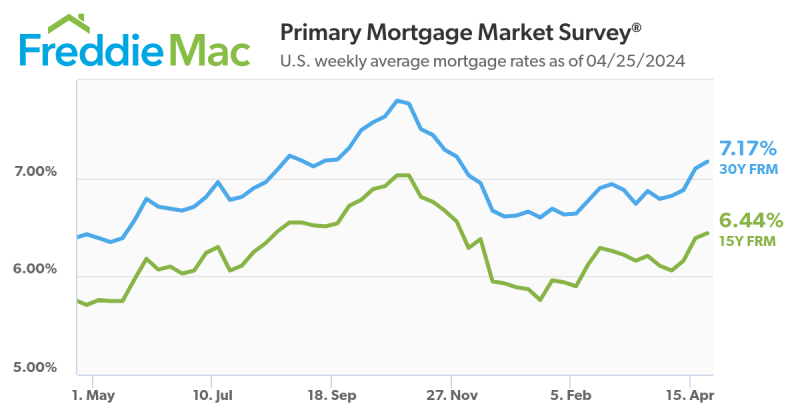Advertisement
Commercial and Multifamily Delinquencies Drop in Q2 for Nearly All Major Investor Groups

Commercial/multifamily mortgage delinquency rates among four out of five major investor groups decreased in the second quarter of 2011, according to the Mortgage Bankers Association's (MBA) Commercial/Multifamily Delinquency Report. "Commercial/multifamily mortgage delinquency rates for four of five major investor groups—banks, life insurance companies, Fannie Mae and Freddie Mac - declined in the second quarter and remain below levels seen in the last major real estate downturn during the early 1990s, some by large margins," said Jamie Woodwell, MBA's VP of commercial real estate research. "The delinquency rate for loans held in CMBS continued to rise during the second quarter and reached the highest level since the series began in 1997, although the rate of increase continues to moderate."
Between the first quarter and second quarter of 2011, the Commercial/Multifamily Delinquency Report found that the 90-plus day delinquency rate for loans held by Federal Deposit Insurance Corporation (FDIC)-insured banks and thrifts decreased 0.25 percent to 3.93 percent. The 60-plus day delinquency rate for loans held in life company portfolios decreased 0.02 percentage points to 0.12 percent. The 60-plus day delinquency rate for multifamily loans held or insured by Fannie Mae decreased 0.18 percentage points to 0.46 percent. The 60-plus day delinquency rate for multifamily loans held or insured by Freddie Mac decreased 0.05 percentage points to 0.31 percent. The 30-plus day delinquency rate for loans held in commercial mortgage-backed securities (CMBS) increased 0.25 percentage points to 9.43 percent.
The second quarter 2011 delinquency rate for commercial and multifamily mortgages held by banks and thrifts was 2.65 percentage points lower than the series high (6.58 percent reached in the second quarter of 1991). The delinquency rate for commercial and multifamily mortgages held in life insurance company portfolios was 7.25 percentage points lower than the series high (7.37 percent reached during the fourth quarter of 1993); the rate for multifamily loans held by Fannie Mae was 3.16 percentage points below the series high (3.62 percent, reached during the fourth quarter of 1991); and the rate for multifamily loans held by Freddie Mac was 6.50 percentage points lower than the series high (6.81 percent reached in 1992). The rate for loans held in CMBS was a record high for the series.
Construction and development loans are not included in the numbers presented here, but are included in many regulatory definitions of 'commercial real estate' despite the fact that they are often backed by single-family residential development projects rather than by office buildings, apartment buildings, shopping centers or other income-producing properties. The FDIC delinquency rates for bank and thrift held mortgages reported here do include loans backed by owner-occupied commercial properties.
The MBA analysis looks at commercial/multifamily delinquency rates for five of the largest investor-groups: commercial banks and thrifts, CMBS, life insurance companies, Fannie Mae and Freddie Mac. Together these groups hold more than 80 percent of commercial/multifamily mortgage debt outstanding. The analysis incorporates the same measures used by each individual investor group to track the performance of their loans. Because each investor group tracks delinquencies in its own way, delinquency rates are not comparable from one group to another.
Based on the unpaid principal balance of loans (UPB), delinquency rates for each group at the end of the second quarter were as follows:
►CMBS: 9.43 percent (30-plus days delinquent or in real estate-owned (REO) status);
►Life company portfolios: 0.12 percent (60-plus days delinquent);
►Fannie Mae: 0.46 percent (60 or more days delinquent);
►Freddie Mac: 0.31 percent (60 or more days delinquent);
►Banks and thrifts: 3.93 percent (90 or more days delinquent or in non-accrual).
About the author





